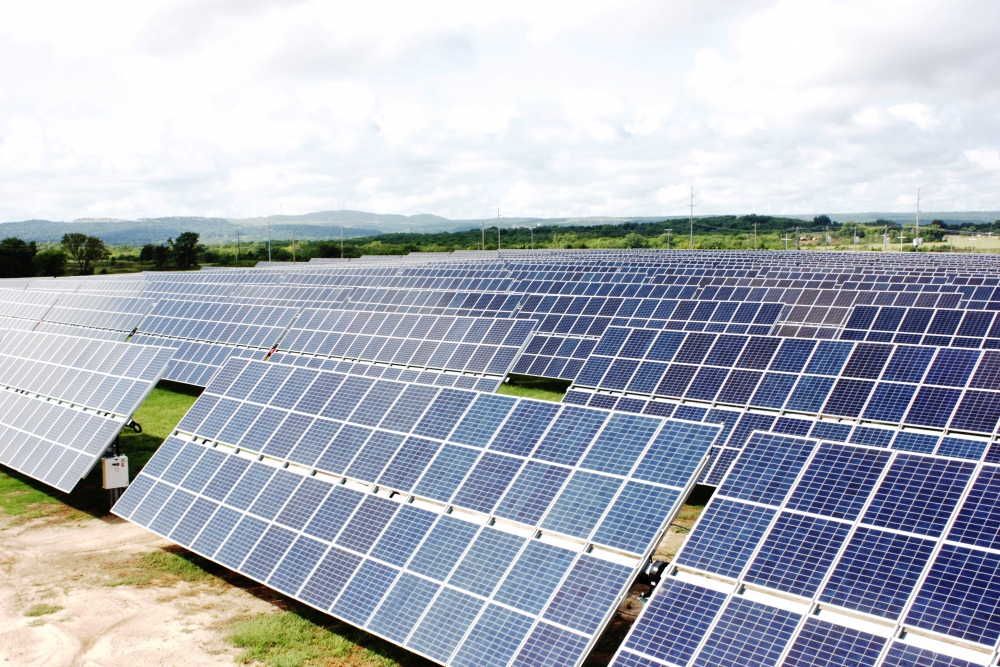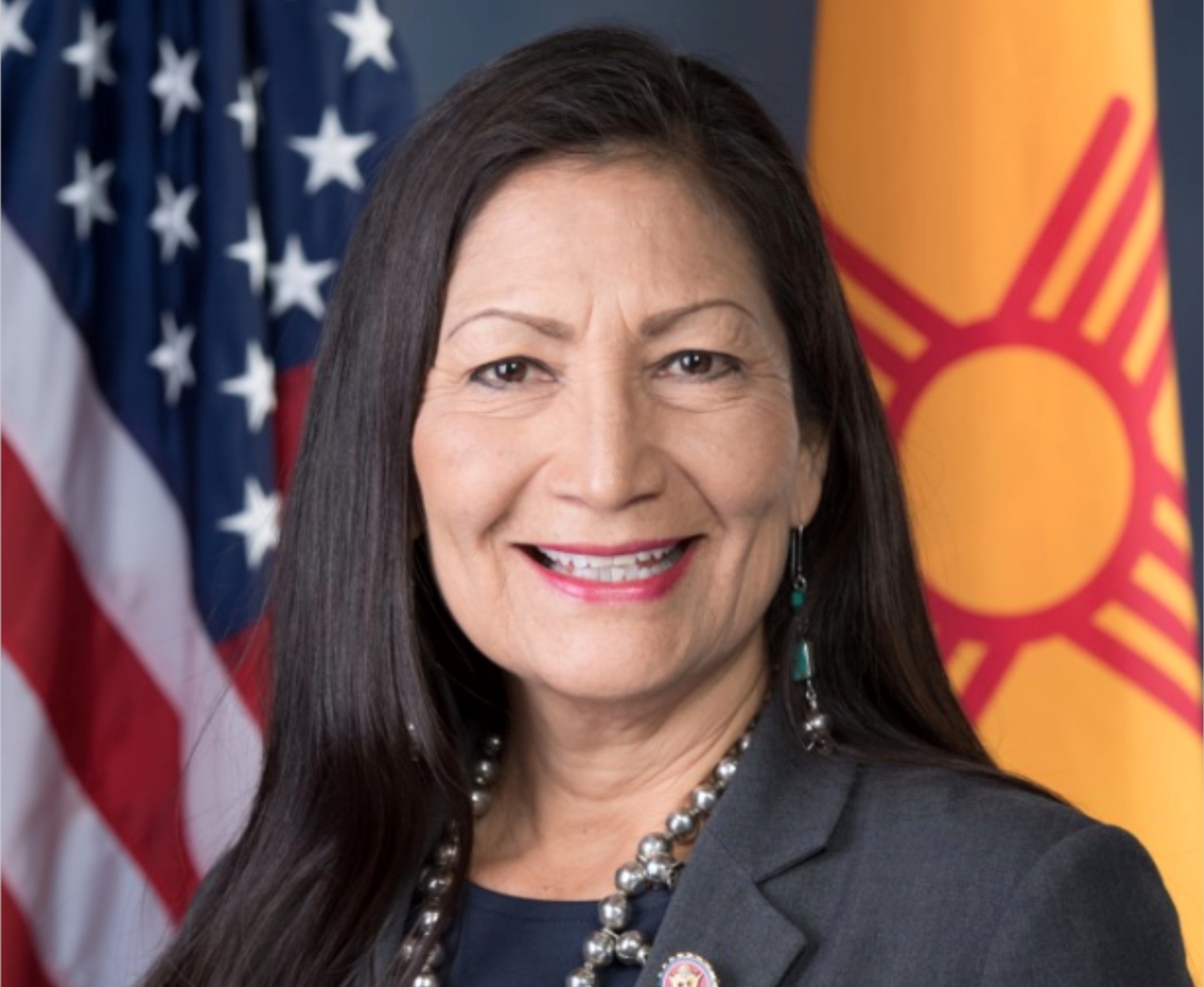
- Details
- By SAVANNAH MAHER, Mountain West News Bureau
- Energy | Environment
Deb Haaland’s road to lead the Department of the Interior has been rocky, with some members of Congress using her confirmation process to air grievances with President Joe Biden’s climate change agenda.
But leaders of tribal nations in the Mountain West that are also reliant on those industries are taking a very different approach than their counterparts in Congress — something that came into focus on day two of Haaland’s confirmation hearings.
“I have a letter from the Northern Arapaho Business Council in Wyoming, and they are opposing the President’s ban on leasing,” Wyoming Sen. John Barrasso told Haaland before reading a section of the letter.
But Barrasso left out two key facts: That the letter had been addressed to the Acting Secretary of the Interior, not the Senate committee, and that the Northern Arapaho Business Council had written to Barrasso directly asking him to vote “yes” on Haaland’s confirmation.
“It was disheartening and disappointing,” said the council’s chairman, Jordan Dresser.
According to Dresser, Barrasso entered the letter as evidence without the council’s permission and used it in a way that was counter to the tribe’s stated interest.
“[Haaland] has the power to be a voice for us and I felt like the context was that we didn’t support her when in actuality, we do,” he said.
Like the state of Wyoming, the Northern Arapaho Tribe is heavily reliant on the fossil fuel industry.
“Oil and gas is bread and butter for our tribe and a lot of other tribes,” Dresser said. “So it’s difficult to try to navigate these waters when that’s where the bulk of our revenue comes from.”
Tribes use fossil fuel revenues to pay for government operations, social services, and direct assistance to tribal citizens. But unlike state and local governments, they don’t have a tax base to fall back on if those industries go south.
So Dresser said it’s past time to diversify.
“We’re doing ourselves a disservice by relying on something that’s not renewable,” Dresser said.
The Northern Arapaho citizens who elected Dresser on a renewable energy platform in 2020 tend to agree. So do most Americans. Dresser said it was hard to watch his own senator cast Haaland as a “radical” for sharing that view.
“For me, even more it sparked the idea that we just need to go the green route,” Dresser said.
And in some ways, the Northern Arapaho and other tribes in the region are well positioned to succeed in the wind and solar energy industries.
“You know what tribes have massive access to? Wind and sun,” said Eric Henson, a citizen of the Chickasaw Nation and a research fellow with Harvard’s Project on American Indian Economic Development.
The problem, Henson said, is that many reservations are hundreds of miles from large population centers and energy markets.
“You know how incredibly expensive it is to build high-voltage transmission lines from, say, the Great Plains to Seattle or Minneapolis? Really expensive,” he said. “Who the heck’s got the money to take that on? The federal government.”
The feds do have a trust responsibility to ensure tribes have the resources to care for their citizens. That’s what was promised in treaties in exchange for the millions of acres of Indigenous land that now make up the United States.
And yet, many reservations lack the basic building blocks of a modern economy, including widespread broadband access and functional water infrastructure, nevermind those transmission lines.
“We’ve got kids who don't have running water — American citizens who happen to be American Indian,” Henson said.
Maxine Valasquez, CEO of the Laguna Development Corporation, says tribal infrastructure has been particularly low on the federal government’s priority list in the last four years.
“We haven’t had much of a relationship with the Department of Interior. Not much of a reach-out at all from the last administration,” she said.
The Laguna Development Corporation is an economic development arm of the Pueblo of Laguna, of which Deb Haaland is a citizen. Valasquez has plans to diversify its portfolio beyond the hotels, casinos, retail stores, and the transmix fuel processing plant the LDC already operates. With some support from the federal government, she said, that diversification could include wind and solar energy production.
“This is why it’s important to work with the Department of Interior to put that infrastructure in the ground and have that water, electric and broadband and everything that we need to be able to build these renewable energy investments,” she said.
Valasquez said that as a former tribal administrator, and a one-time LDC board member, Haaland will be the first Interior secretary who truly knows what tribes are up against when it comes to economic development.
 Deb Haaland, incoming Secretary of the Interior“She’ll understand where those tribal leaders are coming from,” Valasquez said.
Deb Haaland, incoming Secretary of the Interior“She’ll understand where those tribal leaders are coming from,” Valasquez said.
And she said that could be why many tribal leaders with ties to oil and gas are showing more nuance on Haaland’s nomination than their counterparts in Congress.
Chairman Frank White Clay of the Crow Tribe of Indians, which draws much of its revenue from coal production, wrote a statement in Haaland’s support.
“This critical role requires a careful balancing of interests,” White Clay wrote. “There are many issues that desperately need to be addressed on reservations beyond energy development and regulation, such as embarrassingly substandard housing, inadequate law enforcement, and the tragedy of missing and murdered women, to name a few.”
Plus, Northern Arapaho Chairman Jordan Dresser says tribal leaders know a thing or two about adapting to new circumstances.
“As Native people, we’ve always been very fluid with things,” Dresser said. “And we’ve always recognized that things have the power to change. Cultures change. Climates change.”
Despite the roadblocks, Deb Haaland likely has the votes to be confirmed. (EDITOR’S NOTE: This story originally ran on March 9. Haaland was confirmed on March 15.)
As Interior Secretary, she’s signaled she will include tribes in the Biden administration’s plans to build an “equitable clean energy future” and sustainable infrastructure. Tribal leaders are ready to hold her to it.